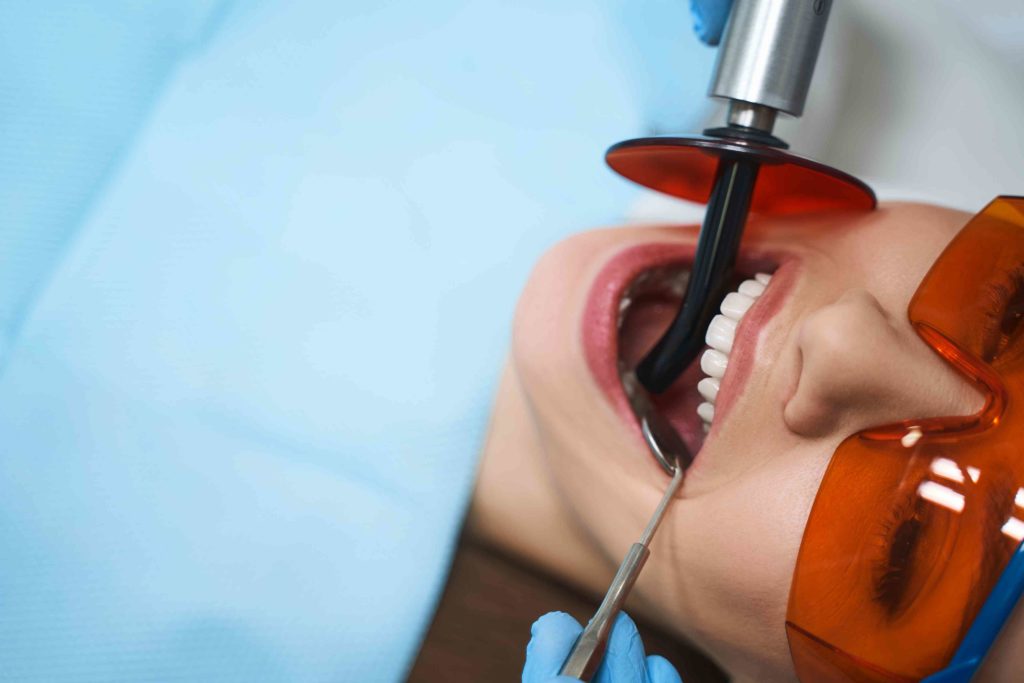Table of Contents
The Root Canal
Each tooth has a section of soft tissue known as the pulp. It is located underneath the tooth’s outer enamel and in the dentin. The pulp holds the tooth’s nerves, veins, arteries, and lymph vessels. The root canals are extremely small, thin sections that move off from the top pulp chamber right down to the tip of the root. Each tooth has at the very least one but no more than four root canals.

The source of pain
As soon as the pulp becomes infected from a deep cavity or a fracture in the tooth, that enables bacteria to creep in, or it suffers injury from a trauma to the area, it can perish. The hurt or dead pulp triggers increased blood flow and cellular activity, causing pressure inside the tooth that can’t be relieved. One will feel pain in the tooth when biting, chewing with the tooth, or bringing hot or cold foods in contact with the tooth.
The reason for root canal treatment
The tooth is not able to cure itself, so you need to get treatment for the root canal. Without some therapy, the infection will be allowed to spread and the bone near the tooth will start to degenerate, possibly causing the tooth to become loose or fall out. The soreness or pain typically gets wore until one is required to get emergency dental treatment. The alternative to root canal treatment would be a removal of the tooth, which can trigger surrounding teeth to shift and become crooked. The removal of the tooth may be a more affordable option in the beginning, but the remaining space will need an implant or bridge, and this can cost much more than the root canal treatment. For those who have the option, it’s best to keep your natural teeth whenever possible.
Root canal procedure
As soon as your dentist examines the tooth and suggests root canal treatment, he/she will either perform the therapy or recommend you to an Endodontist, a pulp specialist. Treatment typically requires 1 to 3 appointments.
Initially, you’ll most likely be provided with a local anesthetic to numb the location. A rubberized sheet will be put around the tooth to separate it. Then a gap is drilled through the crown of the tooth into the pulp chamber, which is cleaned of all of the diseased pulp, along with any contaminated root canal, and reshaped. Medicine can be inserted into the location to kill off any bacteria. Depending on what condition the tooth is in, the crown may be sealed on a temporary basis to protect against recontamination, or the tooth might be left open so that it can drain. It’s possible the dentist may fill the canal right then.
If the dentist puts in a temporary filling, on the next visit it will be removed, while the pulp chamber and any affected canals are filled with a rubber-like gutta-percha or similar material to avoid recontamination. In the event that the tooth is weak, a metal post can be put in above the canal filling to strengthen the tooth. As soon as it’s filled, the area is permanently sealed. Porcelain or gold crown is put over the tooth to bolster its structure and give it an improved look.
Possible complications and risks
Over 95% of root canal therapies are effective. But sometimes one will need to be redone because of diseased canal offshoots not noticed or from the fracturing of a canal due to the filing tool used. These cases are rare. From time to time, a root canal treatment will fail, bringing about a return of discomfort and pain.
After treatment
One can expect normal inflammation of the tissue, which can cause some discomfort for a few days after the treatment. The pain can be managed with over-the-counter analgesics. A follow-up exam will be done to ensure proper healing is occurring. Afterward, you should brush and floss on a regular basis, stay away from chewing hard foods with the affected tooth, and have dental visits on a regular basis.
